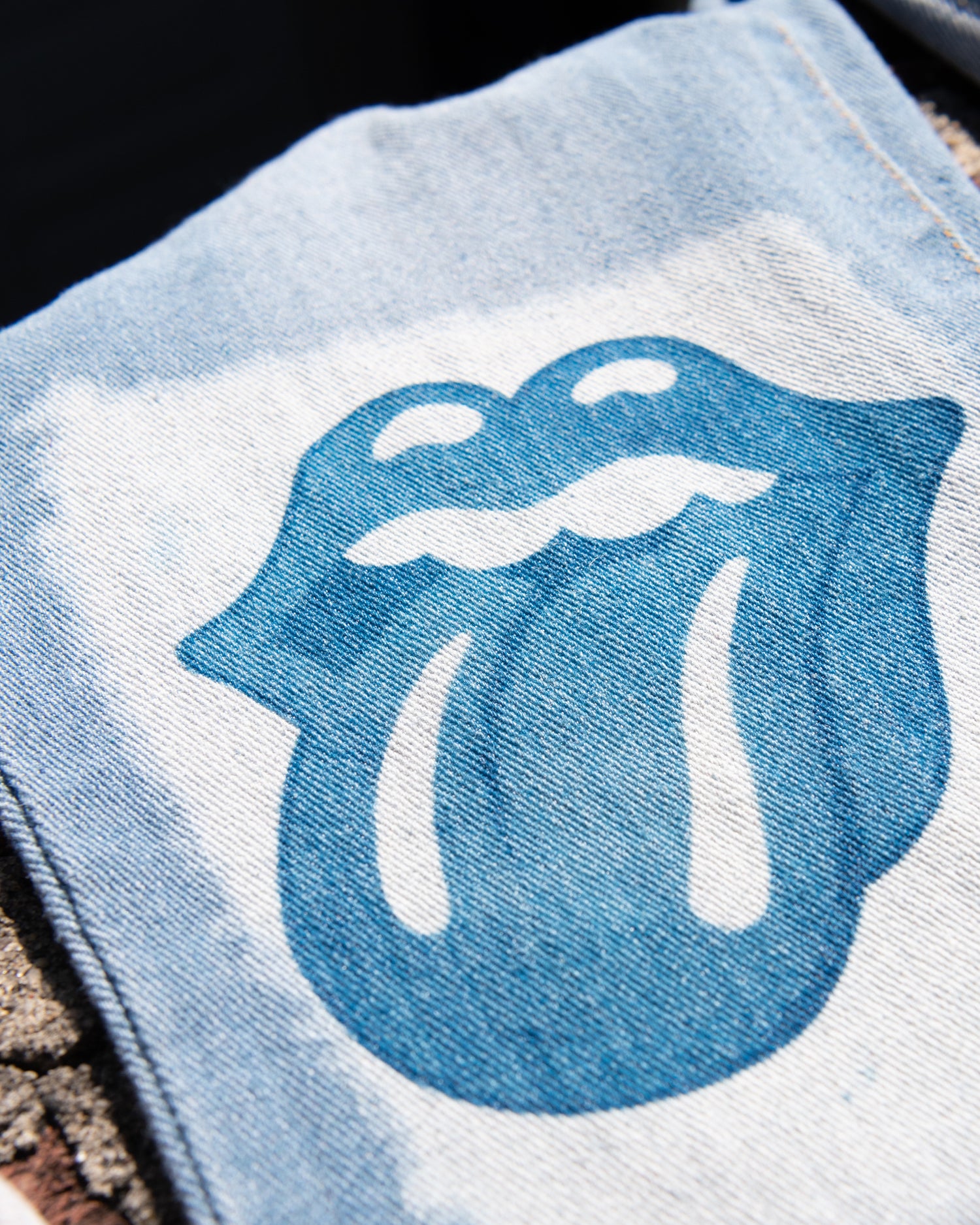What Are Cyanotypes?

History
Cyanotyping is a photographic printing process that produces a cyan-blue print. It was the first simple, fully realized, and practical non-silver iron process. Discovered by the English scientist and astronomer Sir John Herschel in 1842, the cyanotype provided permanent images in an elegant assortment of blue values. The process uses two chemicals: ferric ammonium citrate and potassium ferricyanide. When these solutions are combined, they become UV light sensitive. Prints can be made from anything from negatives to natural pieces to everyday. Once exposed to UV light, the print is developed by washing away the unexposed chemistry to reveal the final image.
Naturally, with its versatility and affordability, the cyanotype found itself being adopted by a variety of professions soon after its discovery. Architects and engineers used the process for reproducing technical drawings, known as blueprints, until the arrival of photocopy machines. Captivated by the the rich blue tonality of cyanotype prints, photographers quickly adopted the process into their practices. Anna Atkins, a botanist and photographer, first used the cyanotype to create a photographic album of algae specimens. Her detailed cyanotypes of her specimens led her to be considered the first female photographer.
